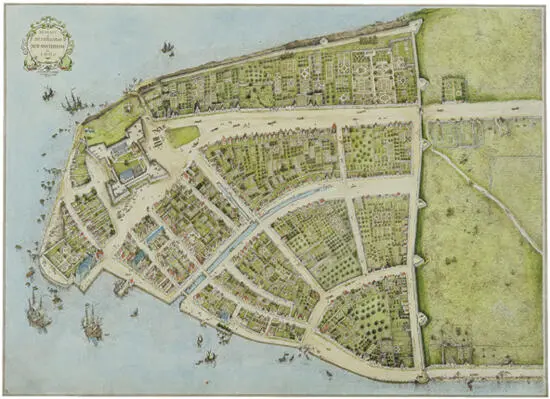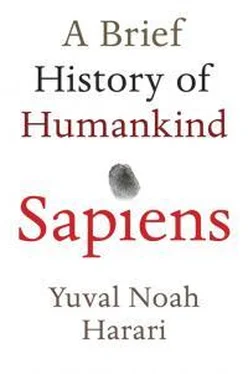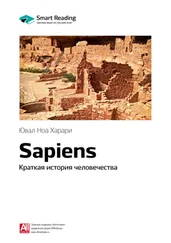While VOC operated in the Indian Ocean, the Dutch West Indies Company, or WIC, plied the Atlantic. In order to control trade on the important Hudson River, WIC built a settlement called New Amsterdam on an island at the river’s mouth. The colony was threatened by Indians and repeatedly attacked by the British, who eventually captured it in 1664. The British changed its name to New York. The remains of the wall built by WIC to defend its colony against Indians and British are today paved over by the world’s most famous street – Wall Street.
As the seventeenth century wound to an end, complacency and costly continental wars caused the Dutch to lose not only New York, but also their place as Europe’s financial and imperial engine. The vacancy was hotly contested by France and Britain. At first France seemed to be in a far stronger position. It was bigger than Britain, richer, more populous, and it possessed a larger and more experienced army. Yet Britain managed to win the trust of the financial system whereas France proved itself unworthy. The behaviour of the French crown was particularly notorious during what was called the Mississippi Bubble, the largest financial crisis of eighteenth-century Europe. That story also begins with an empire-building joint-stock company.
In 1717 the Mississippi Company, chartered in France, set out to colonise the lower Mississippi valley, establishing the city of New Orleans in the process. To finance its ambitious plans, the company, which had good connections at the court of King Louis XV, sold shares on the Paris stock exchange. John Law, the company’s director, was also the governor of the central bank of France. Furthermore, the king had appointed him controller-general of finances, an office roughly equivalent to that of a modern finance minister. In 1717 the lower Mississippi valley offered few attractions besides swamps and alligators, yet the Mississippi Company spread tales of fabulous riches and boundless opportunities. French aristocrats, businessmen and the stolid members of the urban bourgeoisie fell for these fantasies, and Mississippi share prices skyrocketed. Initially, shares were offered at 500 livres apiece. On 1 August 1719, shares traded at 2,750 livres. By 30 August, they were worth 4,100 livres, and on 4 September, they reached 5,000 livres. On 2 December the price of a Mississippi share crossed the threshold of 10,000 livres. Euphoria swept the streets of Paris. People sold all their possessions and took huge loans in order to buy Mississippi shares. Everybody believed they’d discovered the easy way to riches.

39. New Amsterdam in 1660, at the tip of Manhattan Island. The settlement’s protective wall is today paved over by Wall Street.
A few days later, the panic began. Some speculators realised that the share prices were totally unrealistic and unsustainable. They figured that they had better sell while stock prices were at their peak. As the supply of shares available rose, their price declined. When other investors saw the price going down, they also wanted to get out quick. The stock price plummeted further, setting off an avalanche. In order to stabilise prices, the central bank of France – at the direction of its governor, John Law – bought up Mississippi shares, but it could not do so for ever. Eventually it ran out of money. When this happened, the controller-general of finances, the same John Law, authorised the printing of more money in order to buy additional shares. This placed the entire French financial system inside the bubble. And not even this financial wizardry could save the day. The price of Mississippi shares dropped from 10,000 livres back to 1,000 livres, and then collapsed completely, and the shares lost every sou of their worth. By now, the central bank and the royal treasury owned a huge amount of worthless stock and had no money. The big speculators emerged largely unscathed – they had sold in time. Small investors lost everything, and many committed suicide.
The Mississippi Bubble was one of history’s most spectacular financial crashes. The royal French financial system never recuperated fully from the blow. The way in which the Mississippi Company used its political clout to manipulate share prices and fuel the buying frenzy caused the public to lose faith in the French banking system and in the financial wisdom of the French king. Louis XV found it more and more difficult to raise credit. This became one of the chief reasons that the overseas French Empire fell into British hands. While the British could borrow money easily and at low interest rates, France had difficulties securing loans, and had to pay high interest on them. In order to finance his growing debts, the king of France borrowed more and more money at higher and higher interest rates. Eventually, in the 1780s, Louis XVI, who had ascended to the throne on his grandfather’s death, realised that half his annual budget was tied to servicing the interest on his loans, and that he was heading towards bankruptcy. Reluctantly, in 1789, Louis XVI convened the Estates General, the French parliament that had not met for a century and a half, in order to find a solution to the crisis. Thus began the French Revolution.
While the French overseas empire was crumbling, the British Empire was expanding rapidly. Like the Dutch Empire before it, the British Empire was established and run largely by private joint-stock companies based in the London stock exchange. The first English settlements in North America were established in the early seventeenth century by joint-stock companies such as the London Company, the Plymouth Company, the Dorchester Company and the Massachusetts Company.
The Indian subcontinent too was conquered not by the British state, but by the mercenary army of the British East India Company. This company outperformed even the VOC. From its headquarters in Leadenhall Street, London, it ruled a mighty Indian empire for about a century, maintaining a huge military force of up to 350,000 soldiers, considerably outnumbering the armed forces of the British monarchy. Only in 1858 did the British crown nationalise India along with the company’s private army. Napoleon made fun of the British, calling them a nation of shopkeepers. Yet these shopkeepers defeated Napoleon himself, and their empire was the largest the world has ever seen.
In the Name of Capital
The nationalisation of Indonesia by the Dutch crown (1800) and of India by the British crown (1858) hardly ended the embrace of capitalism and empire. On the contrary, the connection only grew stronger during the nineteenth century. Joint-stock companies no longer needed to establish and govern private colonies – their managers and large shareholders now pulled the strings of power in London, Amsterdam and Paris, and they could count on the state to look after their interests. As Marx and other social critics quipped, Western governments were becoming a capitalist trade union.
The most notorious example of how governments did the bidding of big money was the First Opium War, fought between Britain and China (1840–42). In the first half of the nineteenth century, the British East India Company and sundry British business people made fortunes by exporting drugs, particularly opium, to China. Millions of Chinese became addicts, debilitating the country both economically and socially. In the late 1830s the Chinese government issued a ban on drug trafficking, but British drug merchants simply ignored the law. Chinese authorities began to confiscate and destroy drug cargos. The drug cartels had close connections in Westminster and Downing Street – many MPs and Cabinet ministers in fact held stock in the drug companies – so they pressured the government to take action.
Читать дальше




![Юваль Ной Харари - Sapiens. Краткая история человечества [litres]](/books/34310/yuval-noj-harari-sapiens-kratkaya-istoriya-cheloveche-thumb.webp)





![Юваль Ной Харари - 21 урок для XXI века [Версия с комментированными отличиями перевода]](/books/412481/yuval-noj-harari-21-urok-dlya-xxi-veka-versiya-s-ko-thumb.webp)


